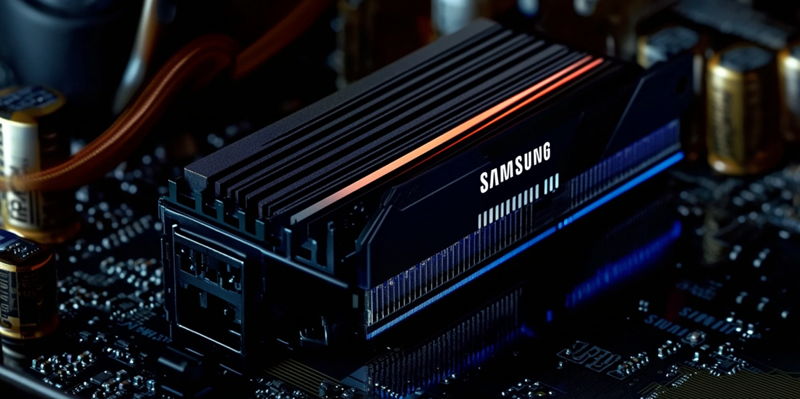In the fast-paced world of technology, the leap from GDDR6 to GDDR7 marks a significant milestone, and Samsung’s upcoming showcase of their 42.5 Gbps 24GB GDDR7 memory represents a remarkable advancement in memory technology. With speeds approximately 77% faster than its predecessor, GDDR6, this innovation underscores Samsung’s continual commitment to pushing the boundaries of performance and efficiency. Set to be unveiled at the International Solid-State Circuits Conference (ISSCC) 2025, running from February 16-20 in San Francisco, this breakthrough promises to draw significant attention from experts and enthusiasts alike. Among the many presentations, a specialized segment on "Nonvolatile Memory and DRAM" will be a highlight on February 19, potentially showcasing some of the most cutting-edge advancements in the field.
The introduction of Samsung’s GDDR7 DRAM, capable of running at a blistering 42.5 Gbps, is a notable leap in memory speed and efficiency. This 24Gb, or 3GB module, is designed primarily for high-performance applications yet remains too advanced for immediate GPU integration. The practical applications of this technology are vast, with potential future uses including NVIDIA’s RTX 60 series. Meanwhile, NVIDIA’s upcoming RTX 50 series GPUs will benefit from slightly slower, yet significantly advanced, 28 Gbps GDDR7 modules. This is a notable improvement over the 24 Gbps GDDR6 currently employed in flagship GPUs like NVIDIA’s RTX 4090. As gamers, content creators, and professionals crave ever-faster, more responsive hardware, Samsung’s innovations could dramatically enhance the user experience across a multitude of applications.
Anticipations for Future Integrations
Despite the powerful advancements represented by current GDDR6 technology, which boasts speeds of 20-21 Gbps in high-end GPUs from both AMD and NVIDIA, many contemporary devices have yet to fully exploit its potential. Consequently, the adaptation of the 42.5 Gbps GDDR7 memory in GPUs is not expected to be immediate or widespread. Yet, the groundwork being laid by this innovation is significant, and the possibility of future hardware seamlessly integrating GDDR7 is promising. Looking ahead, NVIDIA’s flagship RTX 5090 GPU, slated to feature 28 Gbps memory, illustrates a gradual yet steady climb in memory technology. With 32 GB of GDDR7 memory on a 512-bit bus, the RTX 5090 is set to deliver unparalleled memory bandwidth of 1.7-2.0 TB/s, substantially outperforming its predecessors. If further enhancements are realized, theoretical peak bandwidth utilizing 42.5 Gbps VRAM could approach a staggering 2.5 TB/s, setting new benchmarks for what high-performance memory could achieve.
Broader Implications and Technological Strides
In the rapidly evolving tech world, the transition from GDDR6 to GDDR7 signifies a major breakthrough. Samsung’s upcoming presentation of their 42.5 Gbps 24GB GDDR7 memory demonstrates a remarkable leap in memory technology. Delivering speeds around 77% faster than GDDR6, this innovation reflects Samsung’s ongoing dedication to enhancing performance and efficiency. Scheduled to debut at the International Solid-State Circuits Conference (ISSCC) 2025 from February 16-20 in San Francisco, this advancement is expected to attract considerable attention from both experts and enthusiasts. A key feature during the event, on February 19, will be a segment focused on "Nonvolatile Memory and DRAM," likely showcasing the latest industry advancements.
The launch of Samsung’s GDDR7 DRAM, achieving an impressive 42.5 Gbps, represents a significant boost in memory speed and efficiency. This 24Gb (3GB) module caters primarily to high-performance applications but remains too advanced for immediate GPU use. However, its future applications are vast, possibly including NVIDIA’s RTX 60 series. Meanwhile, NVIDIA’s upcoming RTX 50 series GPUs will feature slightly slower, yet advanced, 28 Gbps GDDR7 modules, a notable upgrade from the 24 Gbps GDDR6 in current flagship GPUs like the RTX 4090. As gamers, content creators, and professionals seek faster, more responsive hardware, Samsung’s advancements could significantly elevate user experience across numerous applications.

